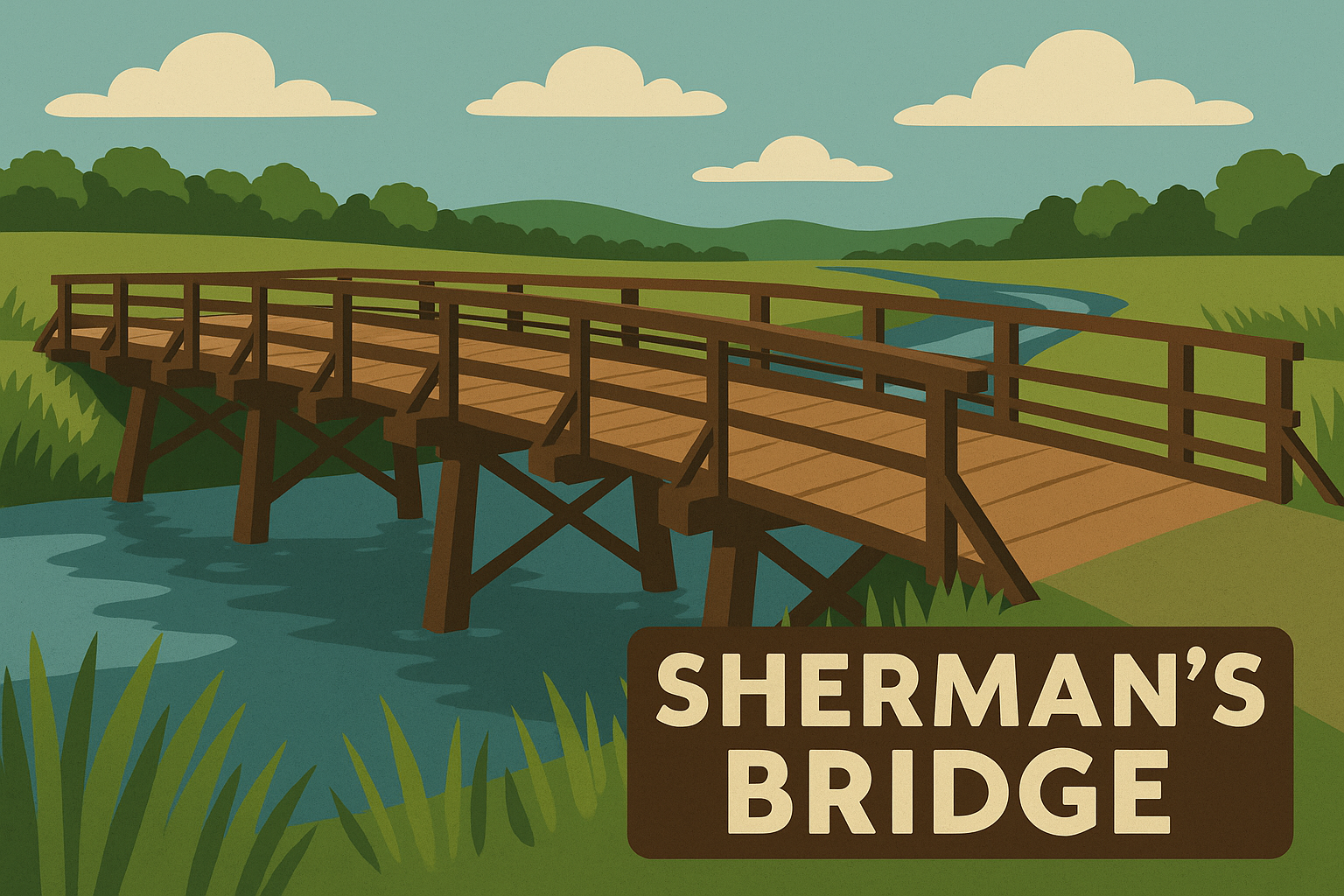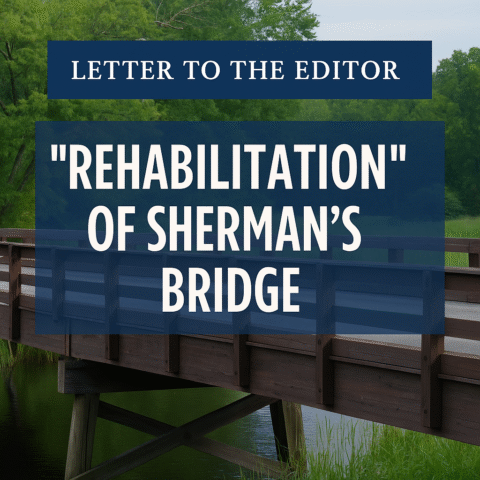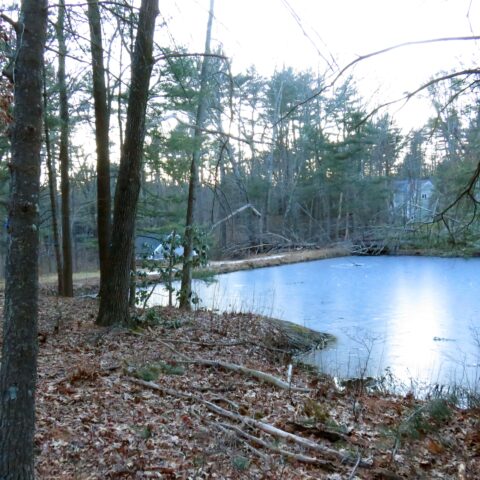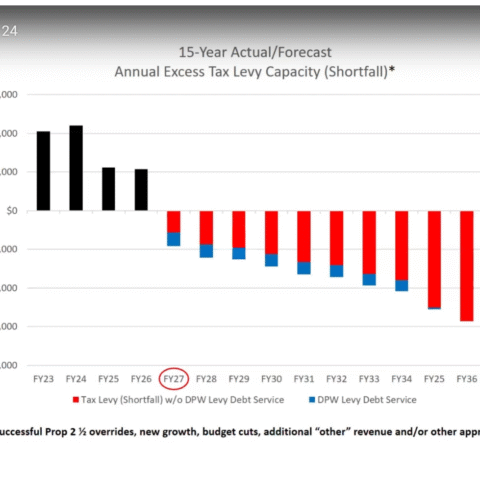Dear Editor:
For 282 years, Sherman’s Bridge has been all wood bridges linking country lanes in Wayland and Sudbury at a narrow point in “sedge meadows” lining the Sudbury River – protected forever as the Great Meadows National Wildlife Refuge.
The bridge links designated Scenic Roads in both towns. This wooden bridge is an important historical and recreational asset:
- It looks historically authentic from the 1700s while giving spectacular views in all directions of the undeveloped Refuge
- It’s one of the few fishing places in the area – both from the walkway and rowboats launched from two ramps on the Wayland side
- Canoeists and kayakers frequently use these ramps
- Birdwatchers have recorded 100 different species from the bridge
- Heavy cyclist traffic on the only Sudbury River bridge not on a numbered Federal or State highway for miles. (This will only increase with the completion of the Bruce Freeman and Mass Central Rail Trails in Sudbury)
- Many walkers enjoying views from the bridge
- The current bridge, constructed 1991-1992, is structurally sound, has no weight limit, and is frequently used by school busses and tractor-trailers.
- Maintenance issues with the current wood decking led the Wayland and Sudbury DPWs, in conjunction with MassDOT, to propose a draconian solution.
- They propose redecking the bridge with “GluLam” engineered wood composite (which could be acceptable) but then pave the decking with Asphalt – completely unacceptable.
- Asphalt paving completely destroys the historical appearance and authenticity of the bridge. It dramatically increases the severe hazards to other users and motorists themselves from excessive speeds on the bridge and surrounding neighborhoods. And it adds 24 tons of unneeded “dead weight” onto the bridge’s pilings. (The proposal adds “crash-tested steel approach guardrail transitions to protect motorists” while adding nothing to protect other users.)
The Wayland and Sudbury Select Boards should pause this process and initiate a new community-driven inclusive process. This joint two town task force would comprise citizens – not bureaucrats – and would include representatives from the Public Works, Historical, and Recreation Commissions of both towns, along with neighborhood participation. This will yield a solution that works for all – a robust and economic deck for the bridge, preservation of the bridge’s historical appearance, increased amenities for recreational users, and improved safety for all users.
Doug Stotz
Sherman’s Bridge Road














